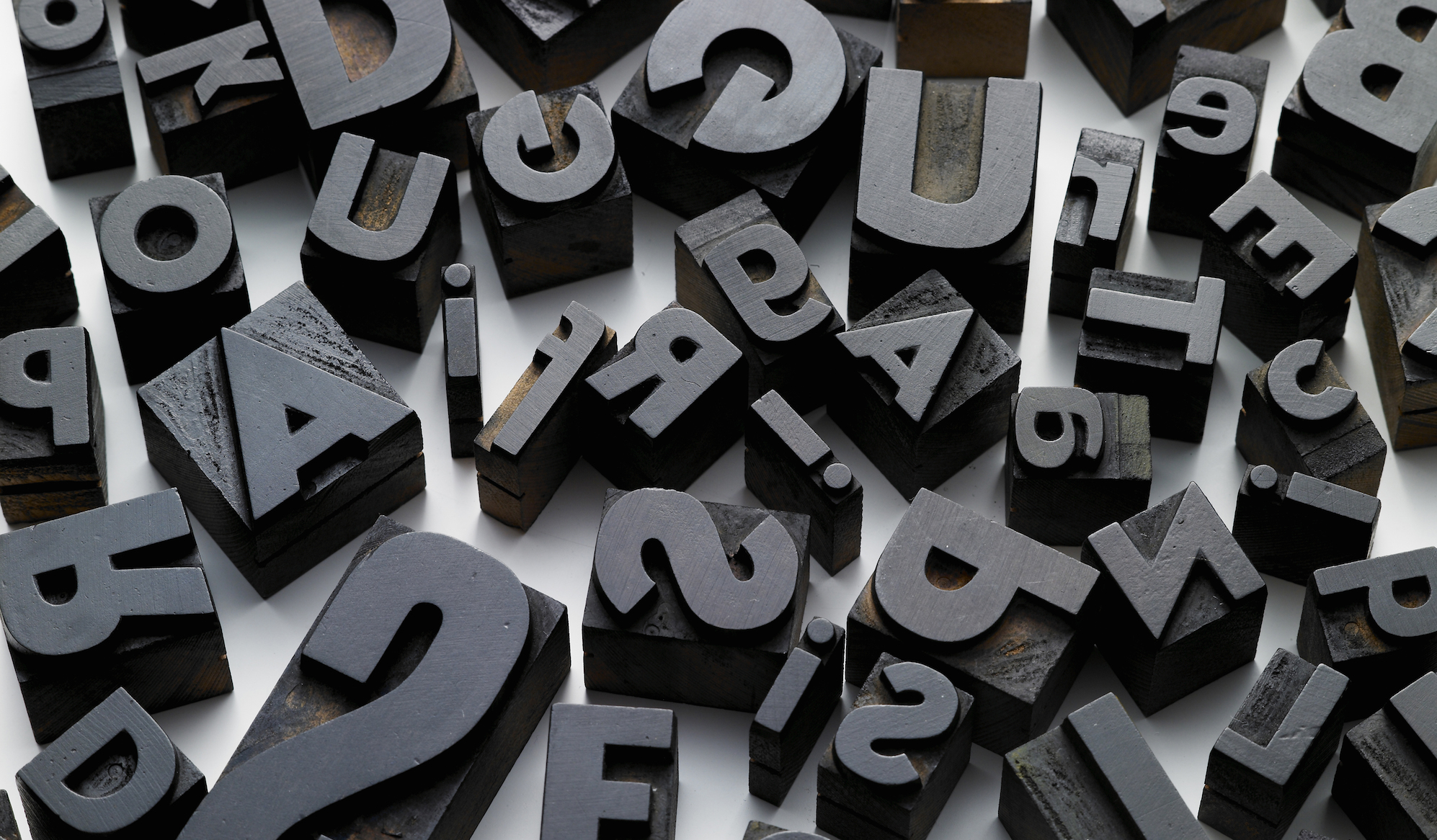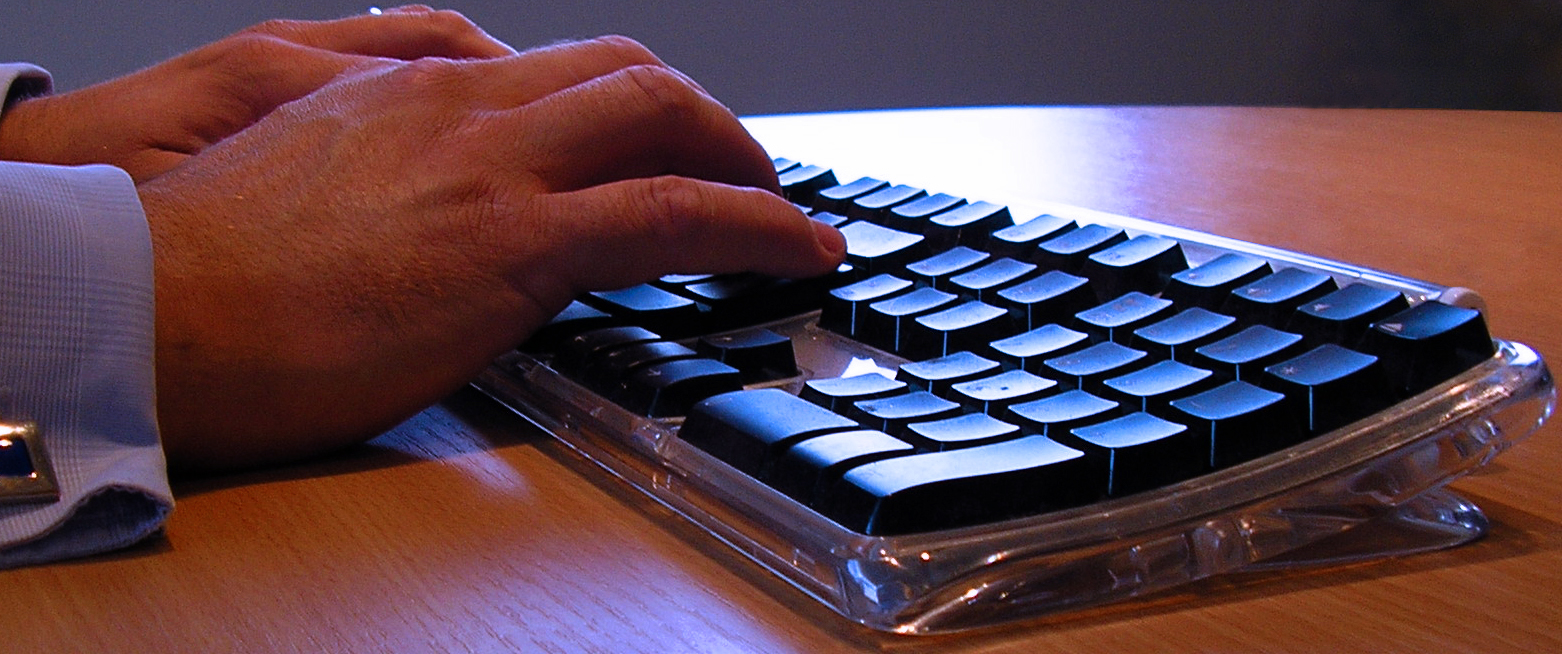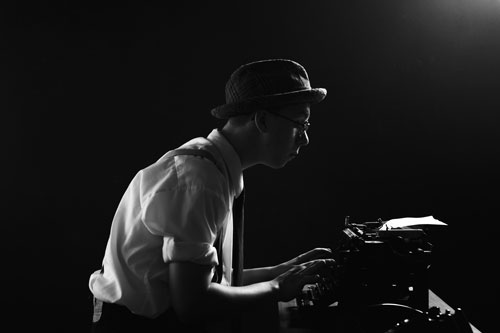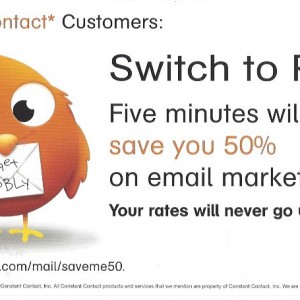When I’m consulting with businesses about the “look” of their corporate communications, one of the hot questions is always, “Which font should we use?” In an earlier Creative Tips post I touched on this subject as far as saying “At least don’t use the defaults” without going into much detail as to how you would decide on one.
Most companies, except for some very large ones, prefer to stick with the fonts that come with their computer, or with their Office software suite, whether it’s Microsoft Office, Google Docs, Libre Office or something else. But, even so, click on that Font drop-down arrow and the list goes on and on. Does it matter which one you use? How would you know? And what about headings – should they use a different typeface, or a larger version of the same one used for text? Continue reading →










